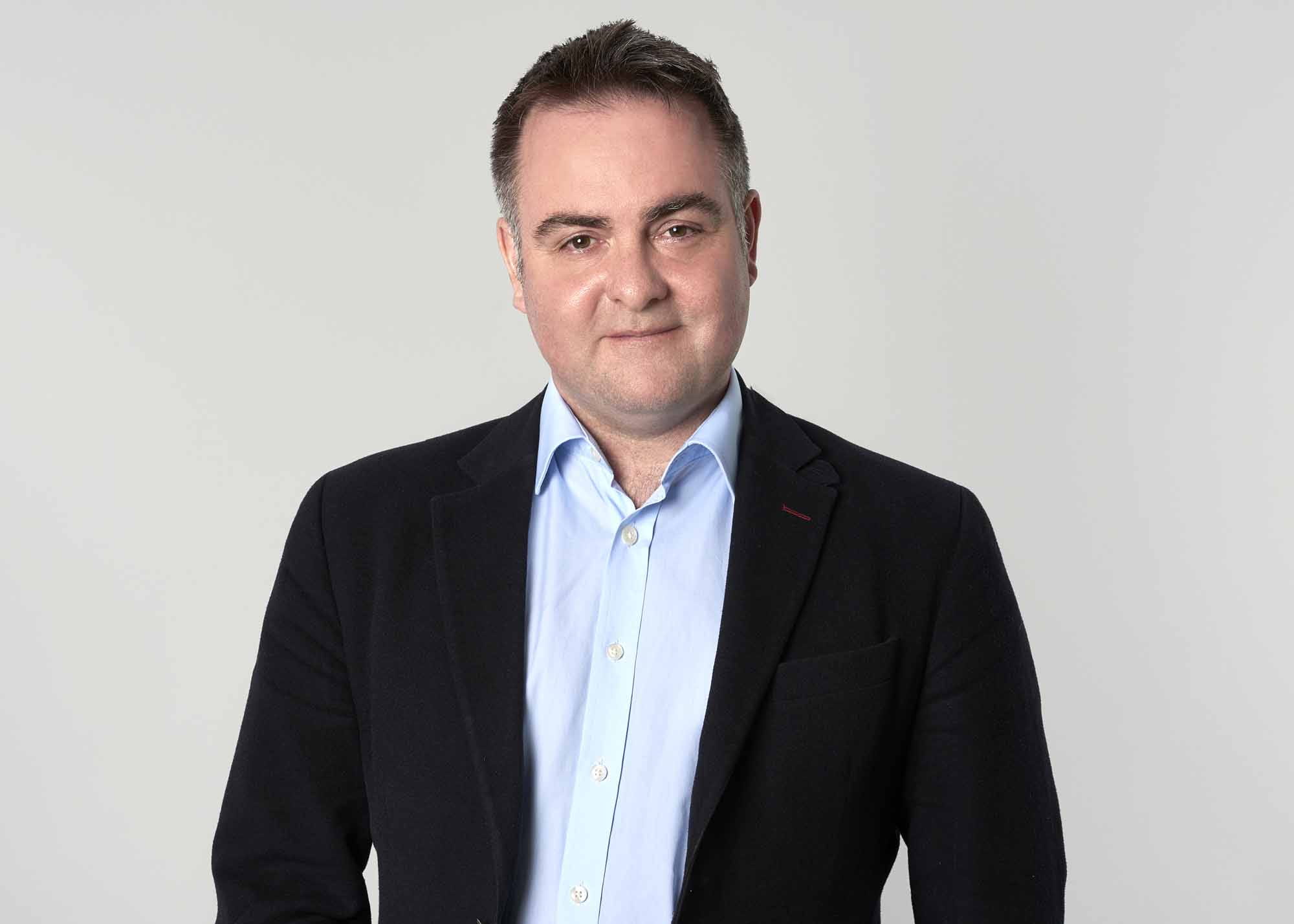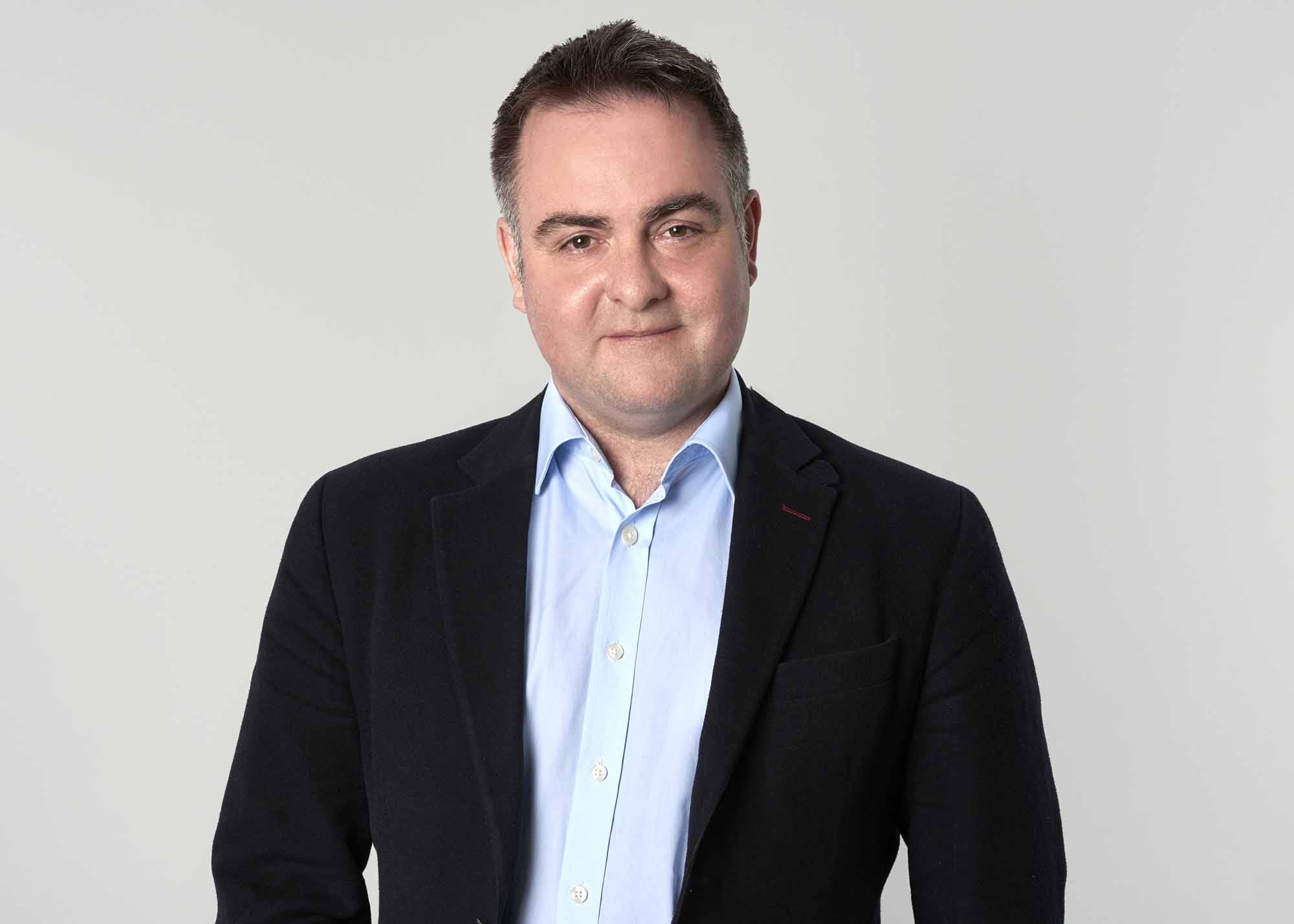
With several countries having experienced a falling-off of COVID-19 infections, the first promising signs of a reduction of the pandemic are being glimpsed. This has come at a considerable cost as economies have stalled, with many laid-off, and entire populations virtually housebound. The next steps taken in relaxing the social restrictions will determine whether the virus remains controlled, or countrywide yo-yoing occurs as restrictions are relaxed, then reapplied. One thing is certain: when the social control measures are released in a few weeks, this will not represent a return to business as usual. After all, what has actually changed? The coronavirus is still causing infections, there is very little herd immunity, no specific treatment, and no vaccine.
This is disingenuous, however, as crucial things have become clear since the emergence of COVID-19. Firstly, there is no lingering doubt that the coronavirus represents a real risk to our society. Many have tragically passed away and were it not for the limitation of our social interactions, our hospitals would have been inundated and many thousands more affected. There has been a concerted effort to pull together during this crisis, forbearing the social strictures and supporting our frontline workers. Moreover, although there is as yet no treatment, there has been an increased understanding of the disease process. It seems likely that a principle reason for the decline seen in some patients following a fortnight of infection, is to do with the overactivity of our immune response to the virus. A cytokine storm occurs in which chemical messengers of the immune system wreak havoc on several bodily systems, causing our lungs and kidneys to fail. This new understanding has led to the trialling of specific blockers of our immune response, hoping to calm the storm of overactivity but allowing the destruction of the coronavirus.
 Like the cytokine storm, however, our attempts to control the virus on a societal level are also doing us significant harm, albeit economic, and must surely cease as soon as appropriate. But how is this to be accomplished? Individuals particularly at risk, the elderly and those with certain past medical histories, will remain at risk as society goes back to the office and some social mixing is restored. It is hard to see how the self-isolation for those at high risk will change until an immunisation is widely distributed, or the rest of us have developed immunity and so can’t pass the virus on. Even the question of whether those previously infected with COVID-19 are protected from future infection, has been brought into question recently: reports from South Korea show that some recovered patients can test positive again for the virus. The answer is probably just that the sensitive coronavirus test is occasionally detecting the viral fragments of a spent infection: the patients are actually both fully recovered and fully protected against further infection – but at present we don’t really know for sure.
Like the cytokine storm, however, our attempts to control the virus on a societal level are also doing us significant harm, albeit economic, and must surely cease as soon as appropriate. But how is this to be accomplished? Individuals particularly at risk, the elderly and those with certain past medical histories, will remain at risk as society goes back to the office and some social mixing is restored. It is hard to see how the self-isolation for those at high risk will change until an immunisation is widely distributed, or the rest of us have developed immunity and so can’t pass the virus on. Even the question of whether those previously infected with COVID-19 are protected from future infection, has been brought into question recently: reports from South Korea show that some recovered patients can test positive again for the virus. The answer is probably just that the sensitive coronavirus test is occasionally detecting the viral fragments of a spent infection: the patients are actually both fully recovered and fully protected against further infection – but at present we don’t really know for sure.
For most of us, a partial return to normality will occur soon. We will stop working from home so much and rejoin colleagues in our workplaces. For the many companies that went straight from BAU to working from home, the transition back to the office may not be straightforward. As employees have enjoyed the relative safety of self-isolation for many weeks, ensuring their confidence that they remain protected from the virus when they return to the office will be important. This will no doubt involve many issues, from increased social distancing at work to heightened hygiene measures and changes to sickness policy. Workers presenting ill either before or during work, can be an especially challenging situation for employee and manager alike – do you have to shut the office building?
 At Collinson, we’ve found that our global medical teams are frequently contacted about such issues on our 24/7 pandemic support hotline. It’s important to realise that just as there has never been widespread work from home orders before, there has never been a national return to office instruction either – in this new context, seeking advice from medics and operational experts enormously helps both employer and employed.
At Collinson, we’ve found that our global medical teams are frequently contacted about such issues on our 24/7 pandemic support hotline. It’s important to realise that just as there has never been widespread work from home orders before, there has never been a national return to office instruction either – in this new context, seeking advice from medics and operational experts enormously helps both employer and employed.
But it is not just the physical that needs to be considered. Returning to work as a furloughed worker may produce both personal and professional uncertainty. In addition, for both furloughed employees and those working but with a pay reduction, the psychological contract (the bond between the worker and their company) may need repairing. As those in the field of workplace wellbeing are aware, if such issues are ignored, staff turnover can be increased and organisational culture adversely affected. Moreover, returning to a workplace that may have been affected by severe illness and worse, fatalities, will need special consideration. For all these reasons, the next few weeks will be both liberating but uncertain. If fairly new to pandemic issues, seeking a helping hand in these times may be a wise move for all concerned.







